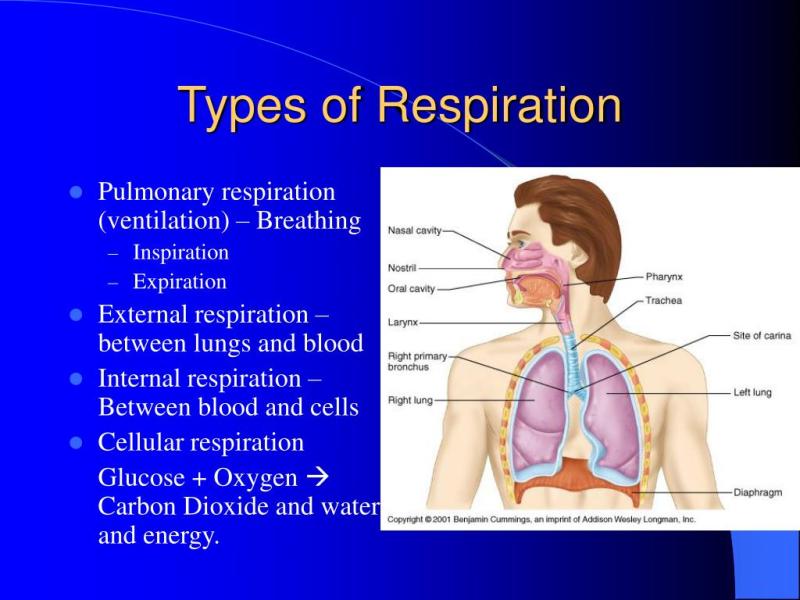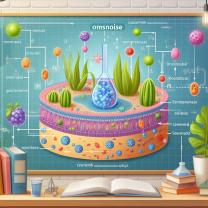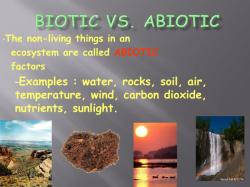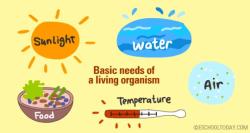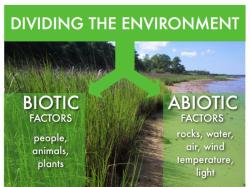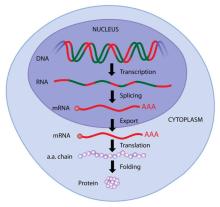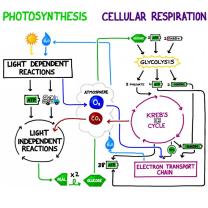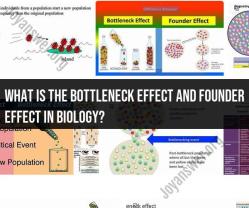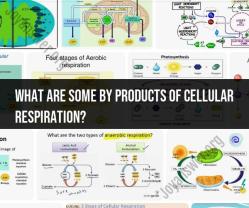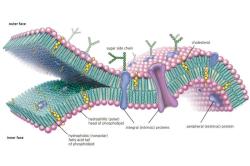What are the different types of cellular respiration?
Cellular respiration is a process that occurs in cells to convert nutrients into energy, specifically ATP (adenosine triphosphate). There are three main types or stages of cellular respiration, each occurring in different cellular compartments and involving specific chemical reactions. These stages are:
1. Glycolysis:
- Location: Cytoplasm
- Description: Glycolysis is the first stage of cellular respiration and takes place in the cytoplasm. It involves the breakdown of one molecule of glucose (a six-carbon sugar) into two molecules of pyruvate (a three-carbon compound). Glycolysis does not require oxygen and is anaerobic. It produces a small amount of ATP and NADH.
2. Krebs Cycle (Citric Acid Cycle):
- Location: Mitochondrial Matrix
- Description: The Krebs Cycle occurs in the mitochondrial matrix and follows glycolysis. Each pyruvate from glycolysis is further broken down into carbon dioxide. This stage produces NADH and FADH2, which carry high-energy electrons to the next stage. The Krebs Cycle is aerobic (requires oxygen).
3. Electron Transport Chain and Oxidative Phosphorylation:
- Location: Inner Mitochondrial Membrane (Electron Transport Chain) and Inner Mitochondrial Membrane Space (Oxidative Phosphorylation)
- Description: The electron transport chain is a series of protein complexes embedded in the inner mitochondrial membrane. NADH and FADH2 from glycolysis and the Krebs Cycle donate electrons to the chain, generating a flow of protons (H+) across the membrane. This creates an electrochemical gradient used in oxidative phosphorylation. In oxidative phosphorylation, ATP is produced as protons move back into the mitochondrial matrix through ATP synthase.
Variants of Cellular Respiration:
- Aerobic Respiration: This includes all three stages of cellular respiration (glycolysis, Krebs Cycle, and electron transport chain) and occurs in the presence of oxygen.
- Anaerobic Respiration: In the absence of oxygen, cells can undergo anaerobic respiration. While glycolysis still occurs, the absence of oxygen prevents the complete oxidation of glucose. Instead, the pyruvate generated in glycolysis is converted into other compounds through processes like lactic acid fermentation or alcoholic fermentation, depending on the organism.
Additional Processes:
- Fermentation: Fermentation is an anaerobic process that follows glycolysis. It involves the partial oxidation of pyruvate with the goal of regenerating NAD+ for use in glycolysis. Types of fermentation include lactic acid fermentation (common in muscles during intense exercise) and alcoholic fermentation (used by yeast and some bacteria).
Summary:
- Glycolysis (Anaerobic) -> 2. Krebs Cycle (Aerobic) -> 3. Electron Transport Chain and Oxidative Phosphorylation (Aerobic) is the sequence of cellular respiration when oxygen is present.
- Glycolysis -> Fermentation (Anaerobic) is the sequence when oxygen is absent.
These processes collectively allow cells to extract energy from nutrients and generate ATP for various cellular activities. The type of cellular respiration a cell undergoes depends on factors such as the availability of oxygen and the cell's specific metabolic needs.
Sure, here are the answers to your questions:
What are the primary types of cellular respiration pathways?
The primary types of cellular respiration pathways are:
Aerobic respiration: This process requires oxygen to produce energy from glucose. It is the most efficient form of cellular respiration and is used by most eukaryotes, including humans, animals, and plants.
Anaerobic respiration: This process does not require oxygen to produce energy from glucose. It is less efficient than aerobic respiration but is used by some organisms that live in oxygen-poor environments, such as bacteria and some types of yeast.
How do aerobic and anaerobic respiration differ?
Aerobic and anaerobic respiration differ in several ways:
Oxygen requirement: Aerobic respiration requires oxygen, while anaerobic respiration does not.
End products: Aerobic respiration produces carbon dioxide and water as end products, while anaerobic respiration produces a variety of end products, depending on the organism.
Efficiency: Aerobic respiration is more efficient than anaerobic respiration, producing more ATP (adenosine triphosphate) per molecule of glucose.
What organisms utilize different forms of cellular respiration?
Aerobic respiration: Most eukaryotes, including humans, animals, and plants, use aerobic respiration to produce energy. Some prokaryotes, such as some bacteria and archaea, also use aerobic respiration.
Anaerobic respiration: Some prokaryotes, such as bacteria and archaea, use anaerobic respiration to produce energy in oxygen-poor environments. Some eukaryotes, such as some yeasts and protozoa, also use anaerobic respiration under certain conditions.
Are there specialized cellular respiration processes in certain cell types?
Yes, there are some specialized cellular respiration processes in certain cell types. For example, muscle cells have a specialized form of anaerobic respiration called lactic acid fermentation that allows them to produce energy quickly without oxygen. Liver cells also have a specialized form of aerobic respiration called gluconeogenesis that allows them to produce glucose from other molecules, such as lactate and pyruvate.
How does the efficiency of energy production vary among different types of cellular respiration?
Aerobic respiration is the most efficient form of cellular respiration, producing about 38 ATP molecules per molecule of glucose. Anaerobic respiration is less efficient, producing a variety of end products and only about 2 ATP molecules per molecule of glucose. The specific amount of ATP produced by anaerobic respiration varies depending on the organism and the type of anaerobic respiration.
